
A Mission Mindset
Not all mission work involves building some-various ages and locations, at home and abroad. But the missionary mindset remains consistent. What is this mindset, and how can it transform one’s life?
Story by Tompaul Wheeler
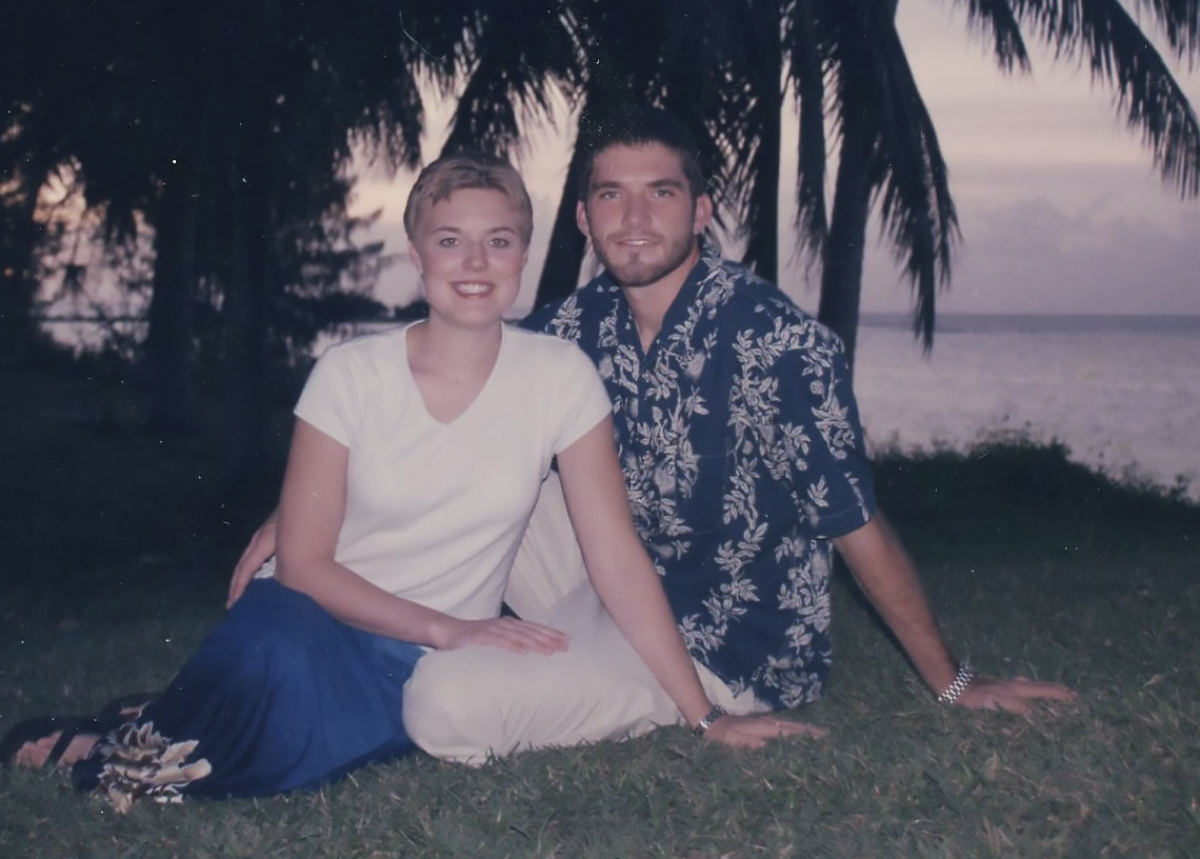 What Drove Me
What Drove Me
Tim Soper recently finished his 25th year of teaching. As chaplain at Chesapeake Conference’s Spencerville Adventist Academy (Md.), Soper says his two years as a missionary in Guam and a year during college as a task force worker shaped his career—and life.
Though Soper had previously gone on short-term mission trips as an academy student, his first foray into extended mission service was unplanned. After his freshman year at Southern
Adventist University (Tenn.), he intended to return to school, but as he recalls, “pretty much all my close friends had decided [to take a gap year] to do a year of mission service.” Working that summer at Camp Au Sable (Mich.), he says, “One of the adult workers there pestered me: ‘You should apply.’ I had no intention of doing so. [But] I ended up putting my name in and going out to Dakota Adventist Academy (N.D).”
Soper now reflects, “That year of serving in a school is what drove me to education. Before that, I had no interest in teaching. I was interested in some kind of ministry, but really didn’t feel the call to be a pastor. Having that experience was kind of a window opening for me. Here was a really neat way to interact and build relationships.”
Soper’s mission experience expanded in 2000. In July of that year, he married Amy, and in August 2000, they moved to Guam.
For the Sopers, two years of teaching in Guam was “a great start to married life. We were able to start with just us,” Tim recalls. “We didn’t have many things holding us down financially or otherwise. And of course, [it was] character-building. You’re relying on one another and God.”
Most of the Guam Adventist Academy students were not Adventists, which stretched the Sopers in profound ways: “The academy was so diverse in beliefs and perspectives, but still an Adventist school,” Amy reflects. “It really helped to develop an awareness of what others believe and recognize that we’re all humans.”
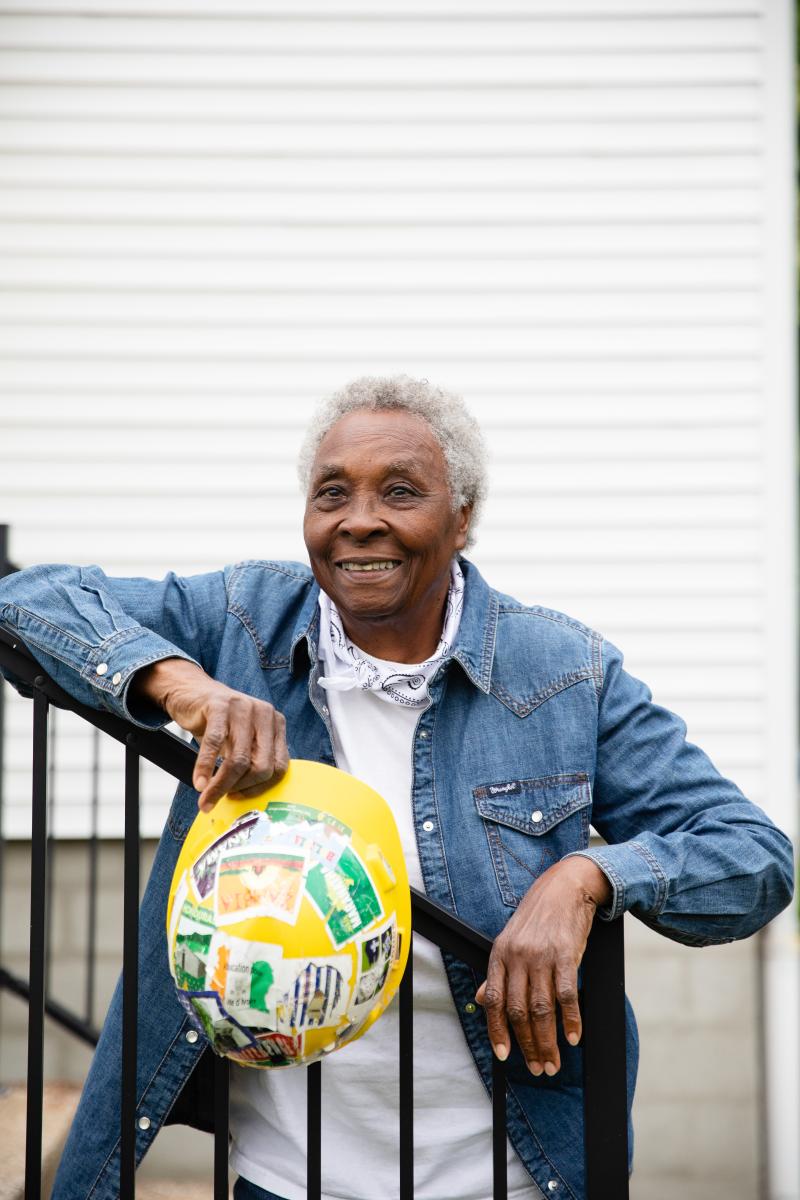 Still Going Strong
Still Going Strong
At 80 years old, Geneva McCallum, a member of Pennsylvania Conference’s Clearfield church, has participated in 22 mission trips, many of them with family members.
After reading about mission trips in the Adventist Review in the 1990s, McCallum reached out to Maranatha Volunteers International. She joined a group in which she knew no one, building a church in Latin America.
On her earliest trips, McCallum carried a great deal of blocks and poured lots of grout on construction sites. Nowadays, on trips she ties rebar and mostly works on the cleanup crew. The feeling of accomplishment and the group camaraderie she experiences while working with people from different parts of the world draws her back again and again.
“The need is so great! If you did not have volunteers, a lot of these churches and schools would not be built, at least for some time,” says McCallum. “Everybody [is] there to do the same thing, to accomplish a task,” she says, noting the trips also make her more grateful and open toward those who think or do things differently than her. “[You realize] that because you do it this way doesn’t mean someone else has to do it that way. Their way is best for them in their situation, as opposed to me coming and telling people what to do.”
Embodied Evangelism
Author Charles Mills grew up in the Philippines, Singapore and Lebanon, then spent a year as a student missionary in Osaka, Japan. There he taught conversational English.
“It probably wasn’t quite the cultural shock that it would be for some people,” Mills says. “But being raised in the ‘mission field’ and going to Japan, the skills overlapped beautifully. You learn that these are people; these are individuals who have the same desires, the same goals, the same dreams as I do.
Their culture may make those dreams look a little different, but they want life, liberty and the pursuit of happiness. If you can help them [find this], then you have been a missionary of the highest caliber.”
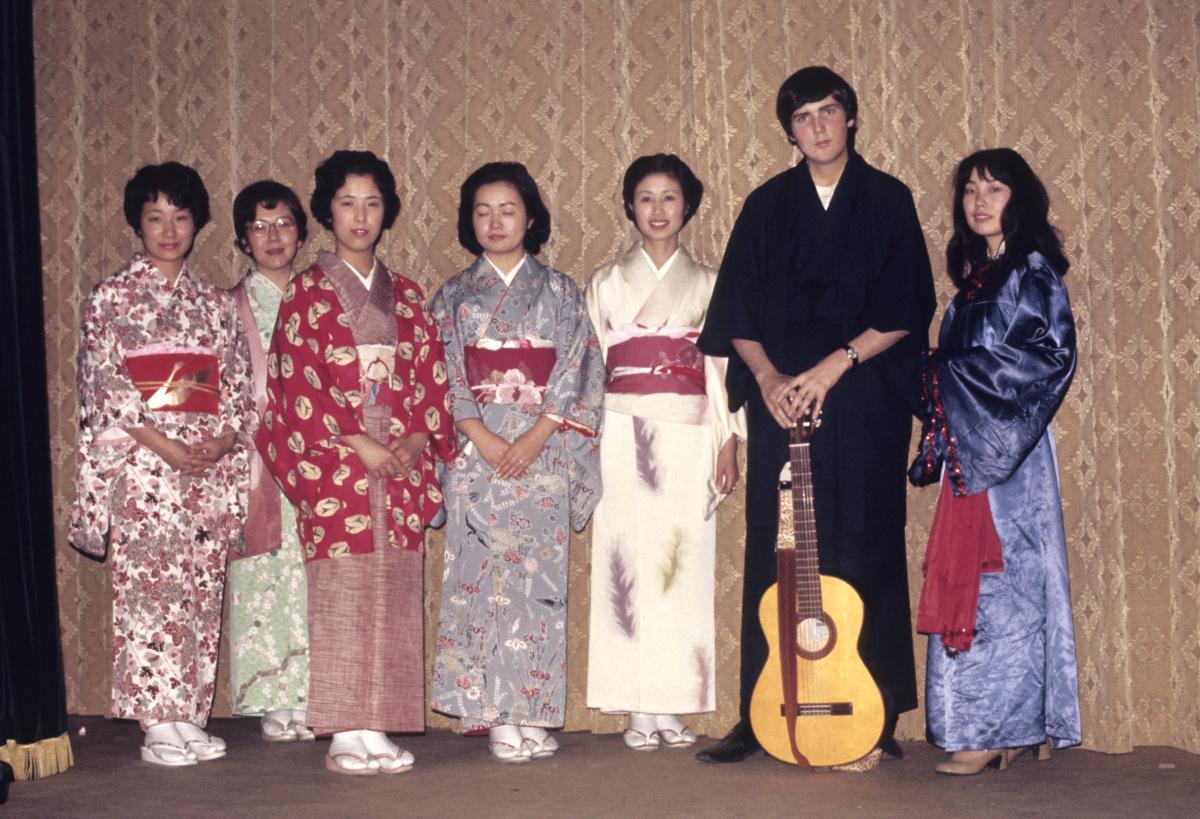 Mills’ missionary work in Japan was not what many would consider traditional evangelism. “The church in Osaka held evangelistic meetings, and we invited our students, and we also preached,” he says. “But it was not part of the curriculum. We did not talk about God and salvation in the English classes. That was separate. We befriended students, ate out with them, went sightseeing. It wasn’t an evangelism of preaching. We were the evangelism—we embodied it. We were a living, breathing evangelism series for those students. The very fact that you’re there and you’re being kind and doing something for them is an illustration of God’s love for them without having to have a meeting.To me, that is very powerful.”
Mills’ missionary work in Japan was not what many would consider traditional evangelism. “The church in Osaka held evangelistic meetings, and we invited our students, and we also preached,” he says. “But it was not part of the curriculum. We did not talk about God and salvation in the English classes. That was separate. We befriended students, ate out with them, went sightseeing. It wasn’t an evangelism of preaching. We were the evangelism—we embodied it. We were a living, breathing evangelism series for those students. The very fact that you’re there and you’re being kind and doing something for them is an illustration of God’s love for them without having to have a meeting.To me, that is very powerful.”
What Mills learned as a missionary shaped how he approached his career as a communicator. He recalls a favorite story that his mother told him when she found him washing his clothes in a puddle in the Philippines.
“That’s what I saw people do, washing their clothes in streams,” he says. “When you come to that point in your missionary experience where you’re no longer looking at people of different cultures as being weird or off-the-wall or strange, and say, ‘That’s just the way they do it,’ I think you’ve made a breakthrough in your own heart. And your ability to communicate and reach other people has grown tremendously.”
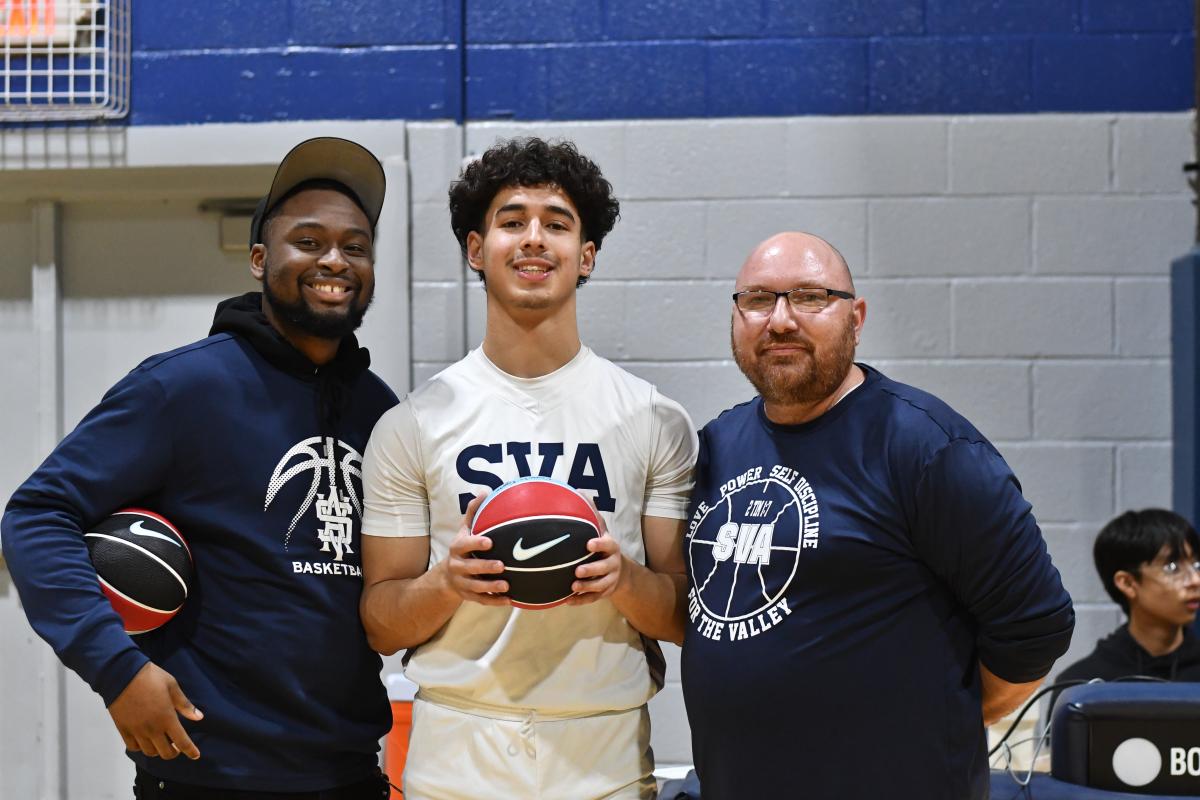 Double-Dipping
Double-Dipping
“At the end of this school year at Potomac Conference’s Shenandoah Valley Academy (SVA), I will have worked at three different schools as a volunteer dean,” says task force worker Tahkai Martin.
“These have been some of the most formative years that have helped me ascertain exactly what I want to do in life: become a full-time dean.”
Martin volunteered at SVA, located in New Market, Va., this past school year. The work stretched him in multiple ways.
“Typically, deans may also double-dip into other areas,” Martin says. “While here at SVA, I also served as the head coach of the junior varsity boys’ basketball team and assistant coach of the varsity boys’ basketball team. This allowed me to forge connections with my students in the dorm—another arena outside of the dorm. It gave me an opportunity to get to know them more, make connections… [teach] lessons of life intricately woven within the dorm, and help them achieve their goals in a specific area of their life. [Much] of what is taught to an athlete translates further than the field of play.”
In August 2025, Martin will begin serving as assistant boys’ dean at Mt. Pisgah Academy (N.C.). “I am extremely humbled and grateful for my experience as a volunteer,” he reflects. “Without these experiences, I would not be able to hear God’s calling on my life. It truly was exactly what I needed, and I urge others to find His voice in serving others.”
Short-Term Projects, Long-Term Impact
Seventh-day Adventist educational institutions and their students have long been dedicated tomission service.
What is now Washington Adventist University (WAU), was formerly called Washington Foreign Missionary Seminary from 1907–1914, and Washington Missionary College from 1942–1961.
Regardless of the name, educators there have long sought to train students for a life of service and mission.
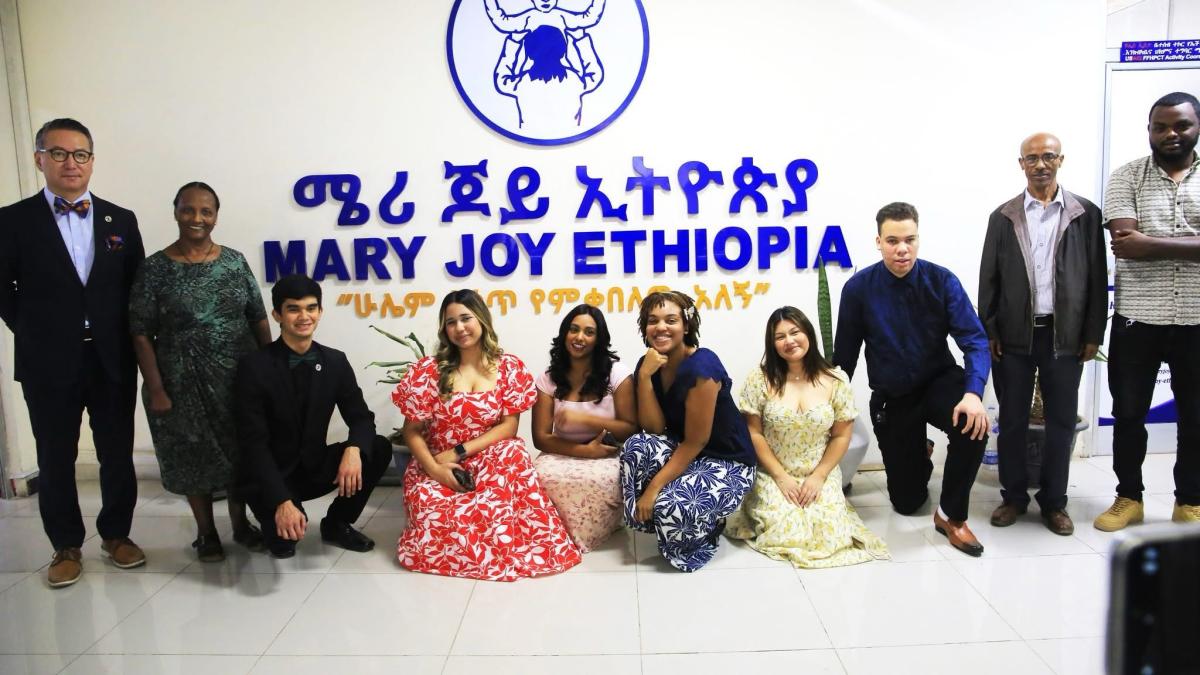 WAU sent out its first student missionary (as they are called today) in 1959. However, when Chaplain Jiwan Moon joined the university staff in the 2024–25 academic year, WAU didn’t have any student missionaries who served outside the United States.
WAU sent out its first student missionary (as they are called today) in 1959. However, when Chaplain Jiwan Moon joined the university staff in the 2024–25 academic year, WAU didn’t have any student missionaries who served outside the United States.
Moon has spearheaded the university’s Gideon 300 movement, aimed at reviving both student missions and campus spirituality. “The Lord has blessed,” says Moon, “and we have more than 40 Gideon 300 members who have pledged to live a life of mission and service for God and others.”
In March, Moon led a group of six students on a mission trip to Ethiopia, where they volunteered at several care facilities.
“My time in Ethiopia reshaped my understanding of what it means to serve others,” says WAU student Taurin Euler. “I learned that service is not just about giving, but also about building relationships and learning from those around me. The people I met showed me the power of community, generosity and unwavering faith, even in difficult circumstances.”
And in May, the school held a dedication service for student missionaries headed to El Salvador, Guatemala and Hong Kong—including one student missionary who participated in the Ethiopia trip.
Not A 'One-Hit Wonder'
Although impactful for participants, short-term mission projects have faced criticism over the years for their “drive-by” nature. Many have suggested that the high costs of such travel could be better invested in local workers who’d receive more tangible benefits.
“I definitely think these trips are worth it, but I think there are more responsible ways to plan and execute them,” says Leah Jordache, associate director of the Office of Volunteer Missionaries (OVM) at the North American Division. “We have a global church, and I think that is one of the unique benefits of being an Adventist. Our whole church organization has a massive networking presence across the globe. We have organizations like ADRA and Adventist Community Services. Working within that system, you’re more likely to have a greater impact that is sustainable, rather than working out-side that system, like a ‘one-hit wonder.’ Our main focus is on helping people to see the benefits of longer-term service.”
Her office plugs volunteers into both short- and longer-term service opportunities, but is especially keen on extended connections. The OVM’s web-site, hesaidgo.org, lists both long- and short-term volunteer opportunities.
“With longer-term service, you are spending 10 months or more in place. You have a relationship with that community. How you meet their needs can grow and change, and you can watch them improve their lives over the lifetime of the sustained relationship. It has more depth, more purpose and probably more effectiveness when you’re able to serve long term with an organization that is very familiar with the local community.”
Why do we need missionaries in the 21st century? Jordache answers, “Because the world is full of people who need compassion, guidance and belonging, and people who need Jesus—maybe now more than any other time in history. There’s so much chaos in this world, and missionaries bring an anchor, they bring peace, they bring stability. They bring vision and hope. And we need missionaries because we need people to connect with their own sense of calling. Temporary purpose is OK, but that deep sense of purpose is something that guides your life until your last breath. I think serving as a missionary is one of the best ways to ignite that sense of calling.”

Add new comment